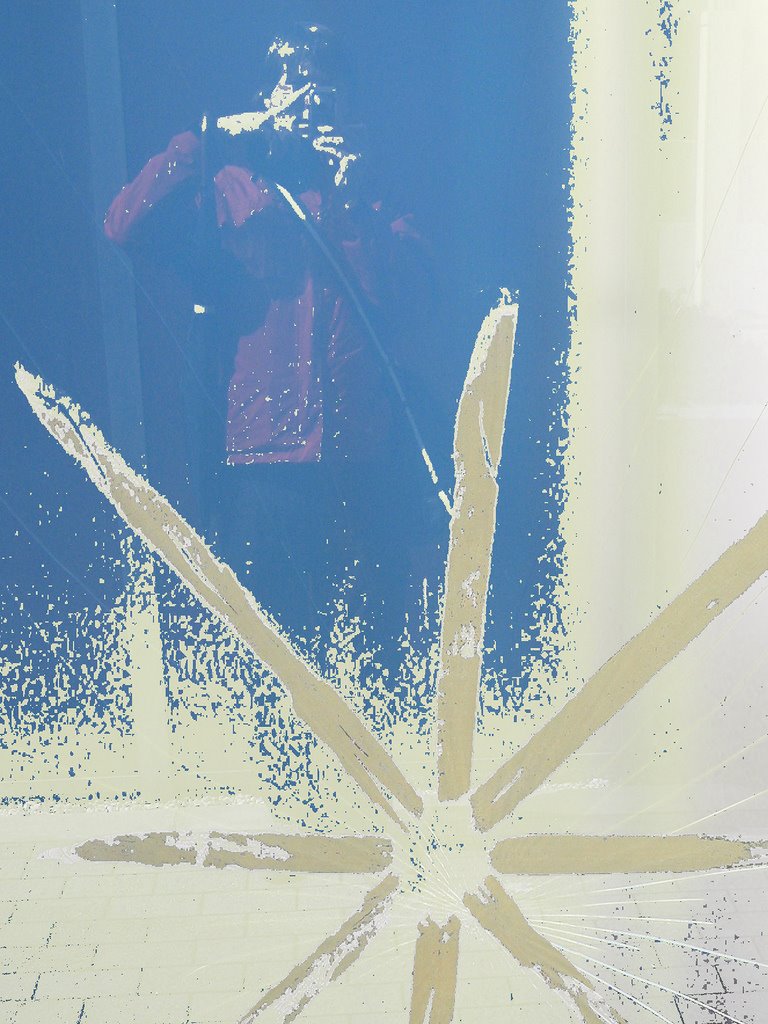From the hotel the street leading to the town center is Dr. Noguchi-Street, which I started to like only after having it walked up and down at least twice. Because during the day local buisinessman came to the strange idea filling this narrow road inhabiting shops and soup-kitchens with music might raise the attracivity of this street (at least it was some turned down classical music!). Thing which reminded me a lot of Sugar Creek in Ohio, but in fact this turned out to be very common in Japan.
But Aizu has more to offer, in fact it has some very nice sights. So the next day i borrowed a bicycle from the hotel (which was free) and experienced the bike-friendliness of japanese circulation. It was perfect to reach the monuments.
Aizu-Wakamatsu has some historical background, which still lives on in the spirit of todays people (at least locals like to tell you that).
So when 1868 Emporer Meiji reclaimed power this lead to Boshin Civil war, in which he had to fight against ruling Tokugawa-Shogunate. And Matsudaira Katamori, head of the Aizu clan stayed loyal to shogun Tokugawa, opposing the emporer. In fact the Aizu where the very last to fight on against Meiji rule.
When Tsuruga-Choo was attacked by imperial forces and burnt down, a group of young samurai known as the Shiroi-Byakkutai (White Tigers) commited collective suicide, thinking their cause was finally lost. In fact the war continued on for about a month... (oops!). Anyway this tragic story is very popular in Japan. When I arrived on top of the mouintain a young woman reenacted the story. Also on the mountain, the graveyard of the dead samurai, as well as Sazae-Doo.
Not far from Imoriyama is the rebuilt residence of Aizu Bukeyashiki, displaying the composition of the daimyos estate. A little farther up the hill is another graveyard, where the members of the Aizu-Clan are buried. In fact all of the hill seems to consist of graves making a rather spooky hike.
On my way back I stopped at Oyaku-En, a meditational garden at the townborder of Aizu to relax a bit.


Keine Kommentare:
Kommentar veröffentlichen